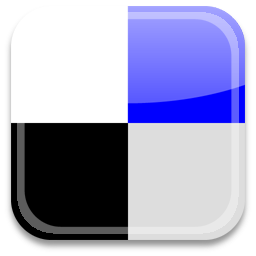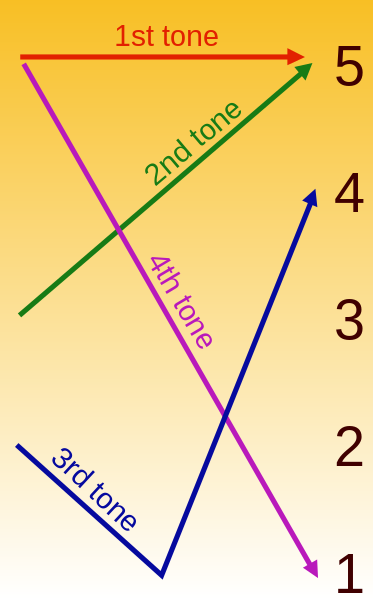 Last post introduces many red items that are characteristics of Spring Festival, a tradition of Chinese new year. There is one single Chinese character that is expected to be seen on the doors of Chinese families. That one is '福' (fú), meaning 'Luck', 'good fortune', and so on.
Last post introduces many red items that are characteristics of Spring Festival, a tradition of Chinese new year. There is one single Chinese character that is expected to be seen on the doors of Chinese families. That one is '福' (fú), meaning 'Luck', 'good fortune', and so on. down, believing this would lead 'Fu' to come. The reason is that when 'Fu' is upside down means '福倒'(fú dào), which sounds like '福到' (fú dào), which just means 'Fu' comes! If you remember that '福'(fú) is just 'Luck', you will see why it means so much.
down, believing this would lead 'Fu' to come. The reason is that when 'Fu' is upside down means '福倒'(fú dào), which sounds like '福到' (fú dào), which just means 'Fu' comes! If you remember that '福'(fú) is just 'Luck', you will see why it means so much.
 We will show you how to make it come ture step by step.
We will show you how to make it come ture step by step.2. Cut the '福' out of that paper like this:

3. Now put the cut '福' on the back of the yellow paper because you need to either hold them firmly or just fixate them so that you can draw the outline of the character '福' as in the following graph. Yes, it's just the mirror image of the normal '福'.
If you pay more attention in this figure, you will find our red X notation, meaning that you need to cut out this part.
 4. Now just cut along the outline you just drawed, then you can creat this '福' out of your yellow paper.
4. Now just cut along the outline you just drawed, then you can creat this '福' out of your yellow paper. 5. Then cut out a square from the red paper, and paste the yellow 'Fu' on it, and you are done! You can adjust the length of the red square. For us, we choose 26cm.
5. Then cut out a square from the red paper, and paste the yellow 'Fu' on it, and you are done! You can adjust the length of the red square. For us, we choose 26cm. This is our product:
This is our product: How about yours?
How about yours?Read more...









 While for Chinese people, each year, around late January and early February (according to the Chinese Lunar Calendar), it is the
While for Chinese people, each year, around late January and early February (according to the Chinese Lunar Calendar), it is the 













